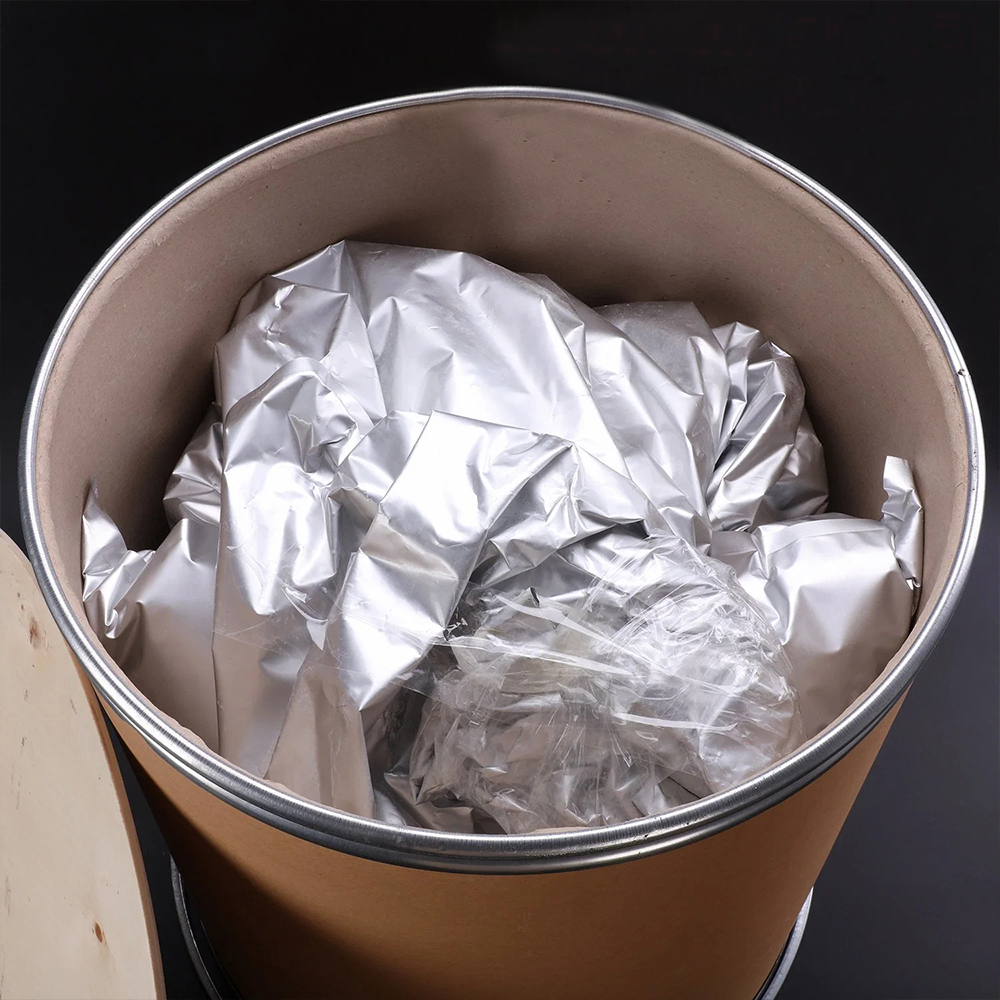



Methods for Producing Potassium Nitrate Fertilizer in Agricultural Applications
The Manufacturing Process of Potassium Nitrate Fertilizer
Potassium nitrate (KNO3), commonly known as saltpeter, is an essential fertilizer utilized in agriculture for various crops. It supplies two vital nutrients potassium and nitrogen, which are crucial for plant growth and development. Potassium nitrate's production involves several crucial steps, combining chemical reactions and crystallization processes. This article outlines the manufacturing process of potassium nitrate fertilizer, elaborating on the necessary materials, reactions, purification methods, and final product formulation.
Raw Materials
The primary raw materials involved in the production of potassium nitrate are potassium chloride (KCl) and sodium nitrate (NaNO3). Potassium chloride is often mined from natural sources, while sodium nitrate can be derived from natural deposits or synthesized from ammonia and nitric acid. These materials are selected based on their availability and cost-effectiveness, thereby influencing the overall production efficiency of potassium nitrate.
Chemical Reaction
The manufacturing process begins with a neutralization reaction between sodium nitrate and potassium chloride. When these two compounds are mixed in an aqueous solution, a double displacement reaction occurs. The chemical equation for this reaction is as follows
\[ \text{NaNO}_3 + \text{KCl} \rightarrow \text{KNO}_3 + \text{NaCl} \]
In this reaction, sodium nitrate and potassium chloride react to form potassium nitrate and sodium chloride (table salt). The reaction typically occurs at elevated temperatures to ensure that the reactants dissolve completely and the reaction proceeds swiftly.
Crystallization
Once the reaction is complete, the next step involves the crystallization of potassium nitrate from the solution. The solution is cooled gradually, facilitating the formation of solid potassium nitrate crystals. Crystallization is a critical stage in the manufacturing process, as it helps purify the potassium nitrate by separating it from sodium chloride, which remains dissolved in the solution.
potassium nitrate fertilizer manufacturing process

To maximize yield and purity, operators may use techniques like evaporative crystallization. The solution is evaporated partially to concentrate the potassium nitrate, followed by cooling to promote crystallization. The resulting crystals are then filtered out from the mixture, separating them from any remaining impurities.
Purification
Having obtained crude potassium nitrate crystals, the next step is purification. This can be achieved through a series of washing and recrystallization processes. The crude crystals are washed with distilled water to remove residual sodium chloride and other soluble impurities. Following the washing process, the crystals may undergo a second round of recrystallization, ensuring that the final product is of high purity.
The purity of potassium nitrate is essential, as it directly influences its effectiveness as a fertilizer. Most agricultural applications require potassium nitrate to have at least 98% purity to meet industry standards and ensure optimal results when applied to crops.
Final Formulation
After the purification process, the potassium nitrate crystals are dried to remove any residual moisture. This is crucial because excess water can lead to caking and reduce the shelf life of the fertilizer. Once dried, the potassium nitrate can be ground into a fine powder or left in crystal form, depending on the intended application.
It can then be packaged for distribution to farmers and agricultural suppliers. Proper labeling is essential to inform users about the product's nutrient content, application rates, and safety precautions.
Conclusion
The manufacturing process of potassium nitrate fertilizer is an intricate blend of chemistry and engineering, essential for producing one of the most widely used fertilizers in the agricultural industry. By supplying critical nutrients like potassium and nitrogen, potassium nitrate plays a vital role in enhancing crop yields and promoting sustainable agriculture. As the global demand for efficient fertilizers continues to rise, the methods involved in potassium nitrate production will undoubtedly evolve, incorporating new technologies and innovations to optimize yield, purity, and environmental sustainability.
-
Why Sodium Persulfate Is Everywhere NowNewsJul.07,2025
-
Why Polyacrylamide Is in High DemandNewsJul.07,2025
-
Understanding Paint Chemicals and Their ApplicationsNewsJul.07,2025
-
Smart Use Of Mining ChemicalsNewsJul.07,2025
-
Practical Uses of Potassium MonopersulfateNewsJul.07,2025
-
Agrochemicals In Real FarmingNewsJul.07,2025
-
Sodium Chlorite Hot UsesNewsJul.01,2025










